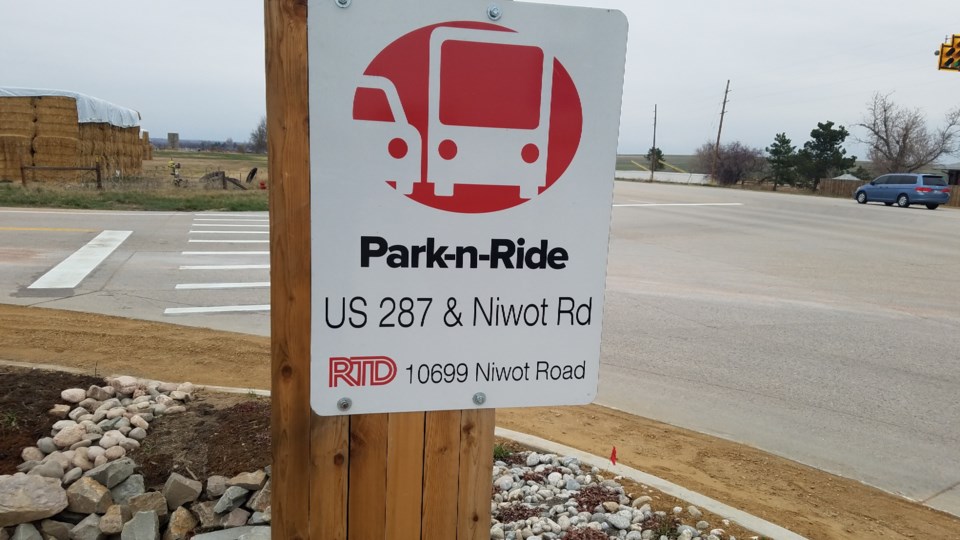A plan to widen U.S. 287 between Broomfield and Longmont to allow enhanced bus service could attract a piece of the $1.2 trillion infrastructure bill signed into law earlier this month.
The bill will deliver $550 billion in new funding for America’s bridges, roads, water and energy systems over five years, according to CNN.
At least a portion of that could be used for Boulder County’s U.S. 287’s Bus Rapid Transit proposal which is being floated to residents, local transportation officials said. A feasibility study of the plan is underway and the public is invited to comment at a Dec. 2 virtual meeting at 5:30 p.m.
Jeff Butts, Boulder County’s multimodal transportation planner, said via email this week that the county will look at several funding areas as plans advance to introduce specially built buses on widened right-of-ways called Bus Rapid Transit,or BRT, to the corridor.
“Depending on the treatment and reason it (federal funding) could potentially come from a number of different sources,” Butts said. “For example, station area improvements would be different from intersection or corridor safety.”
There is no timeline for construction on the corridor which could cost $56 million, according to a preliminary estimate presented last year. Butts said planners are still going over the details of the prices for introducing BRT.
“There are things we can do as we restore services that will simply be operational improvements and have no price tag,” Butts said. “Modeling shows we will both be able to get people where they want to go faster and attract riders with some modifications to operations.”
Planners have said they want to use a planned Coffman Street transitway to bring BRT to Longmont. The Coffman Street busway is scheduled to be ready for use in 2024, Phil Greenwald, Longmont’s principal transportation manager, told the Leader a year ago.
Both the U.S. 287 BRT plan and other planned transportation projects in Longmont could get funding from the infrastructure bill, Greenwald said via email this week. “These funds will likely flow through the current Denver Regional Council of Governments allocation of federal dollars through the (Colorado Department of Transportation),” Greenwald said.
There is also additional funding through the new state transportation fee bill passed earlier this year, he said. Some of that funding will come directly to the city of Longmont through the Highway Users Tax Fund formula funding, Greenwald said.
The BRT feasibility study involves Longmont, the city and county of Broomfield, the cities of Erie and Lafayette, the Regional Transportation District and the Colorado Department of Transportation.
Boulder County is proposing adding BRT along the stretch of U.S. 287 from Broomfield to Colo. 66 north of Longmont, Butts said. The highway attracts as many as 27,600 vehicles a day during peak hours, according to Boulder County planners.
The 22-mile highway also cuts through downtown Longmont and is vital to the city’s commercial development, Butts said.
As designed, BRT buses could serve 22 major and minor stops along the corridor and conduct 9,000 daily boardings, Butts said during a public meeting last November.
A typical trip between Longmont and Broomfield would take almost 40 minutes, Butts said.
BRT would quicken a commute because the vehicles use expanded, dedicated lanes free of other traffic while near level-boarding makes it easier for riders to get on and off the buses. Riders will also have access to ticket stations before they board on multiple doors, planners said at the November 14 meeting.



